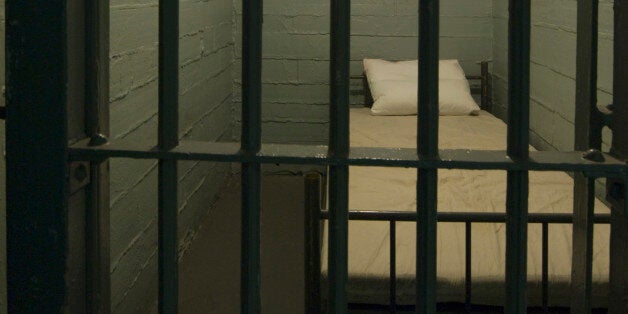
On June 15, U.S. District Judge Donovan W. Frank struck down Minnesota's law allowing for the civil commitment of so-called sexually violent predators. SVP laws allow a person to be locked away indefinitely after he has completed his maximum prison sentence. Twenty states and the federal government have passed such laws, and over 5,000 SVPs are incarcerated at an annual cost in excess of 450 million dollars.
Judge Frank found Minnesota's law unconstitutional because it continued to hold people after they were no longer dangerous. The next day, a three-judge panel on the Ninth Circuit Court of Appeals held that California's SVP law did not violate the Constitution because, as Judge Susan Graber wrote, "a state rationally may decide that sexually violent crime is qualitatively more dangerous than other kinds of violent crime."
These cases came out differently in part because Judge Frank considered evidence of SVP dangerousness, while the Ninth Circuit for the most part did not. Shirking facts is nothing new when it comes to sex offender laws. In Kansas v Hendricks, the U.S. Supreme Court simply accepted as true the legislature's claim that SVPs are "extremely dangerous" and their "likelihood of engaging in repeat acts of predatory sexual violence is high."
Yet dangerousness is critical to the constitutionality of SVP laws. Many people support putting away sex offenders forever, but the Constitution prohibits a person from being punished twice for the same crime. Legally, a state may not hold a sex offender past his release date because it feels he deserves more time, but it may civilly commit him if it can prove that he is mentally ill and dangerous.
In a 2013 paper published in the Brooklyn Law Review, we questioned this central premise -- that there is a small, readily identifiable segment of the population so dangerous public safety demands they be locked away. If this claim were true we would expect to see what criminologists term an "incapacitation effect" -- in other words, removing these dangerous people from the community should have a negative impact on the rate of crimes we believe they are at risk of committing. Specifically, we would expect to see less sexual homicide, forcible rape, and child sexual abuse.
Of course it's also possible that SVP laws have an impact on the incidence of certain crimes because they deter would-be sex offenders from violating the law. A deterrence theory is modeled on a rational choice view where if the costs of violating a law are high enough a person will choose not to offend. Such would be the case if a would-be sex offender decided not to transgress because he didn't want to risk lifetime commitment as a SVP.
In our analysis we used panel data on U.S. states over the last few decades to examine the impact of SVP laws on the incidence of sex-related homicide and forcible rape. We also used data collected in the National Child Abuse and Neglect Data System to examine the impact of SVP legislation on the incidence of non-fatal child sexual abuse. Since underreporting poses problems in accurately measuring the incidence of sex crimes, we additionally examined gonorrhea rates, a common proxy for the prevalence of sexual abuse.
We found SVP laws have had no discernible impact on the incidence of sex crimes or gonorrhea. We found neither an incapacitation nor a deterrence effect. Our findings may seem surprising, but they are consistent with a 2003 Department of Justice study that found just 5.3% of sex offenders were rearrested for a new sex crime within three years of release from prison. They also make sense given the advanced age of SVPs. Studies show that, like other types of offenders, as sex offenders age their recidivism rate drops. Our data indicate that the median age at admission for an SVP is roughly 43.
No empirical study can "prove a zero." However, they do shift the burden back on to proponents to justify programs that have no demonstrable impact on stated objectives. This is particularly true when resources are tight; arguably criminal justice dollars would be better spent on the many thousands of rape kits that have been collected and yet never tested.
Minnesota has already said it will challenge Judge Frank's decision, and Tim Seeboth indicated he would appeal to a full judge panel of the Ninth Circuit. It's possible that the Supreme Court will get another chance to decide the constitutionality of SVP laws. Whatever happens, jurists should follow Judge Frank's embrace of empirical evidence and not just defer to unjustified assumptions about sex offender dangerousness. The stakes are too high, not just for the individuals facing lifetime commitment, but for society as a whole.